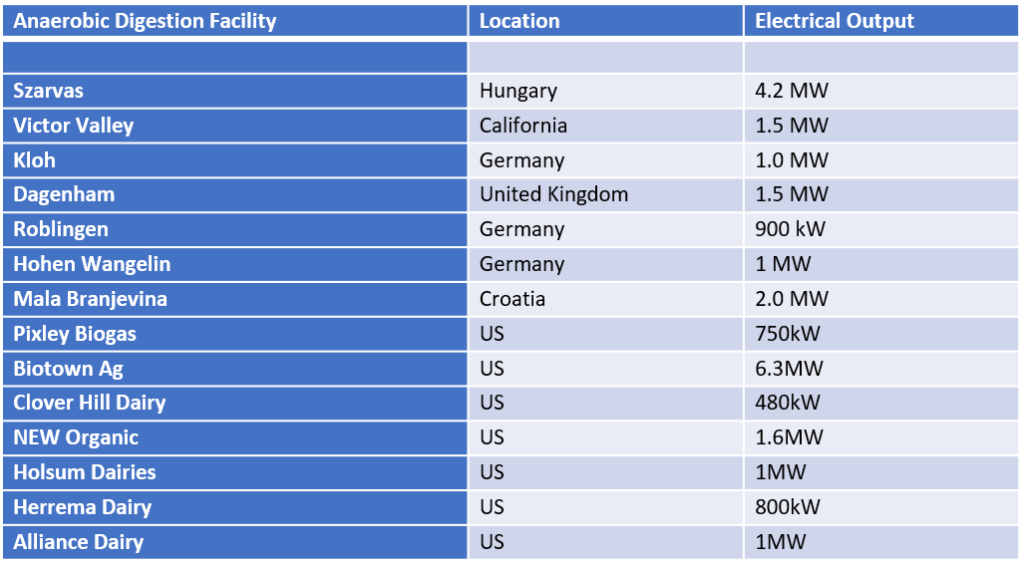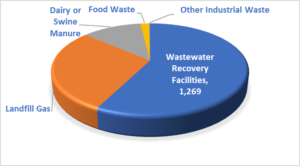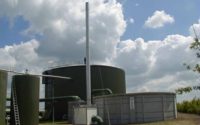Bio-Digester: Giving Tough Competition to Solar Energy
What is a Bio-Digester and why should it interest me?
A Bio-Digester is an equipment designed to conduct bacterial digestion of organic waste matter, thereby resulting in the production of burnable biogas and a nutrient-rich slurry. Moving towards circular economy, the waste to energy technologies such as bio-digester are witnessing unabated growth on account of associated environmental and social benefits. The bio-digesters are offering solutions to alleviate energy poverty by generating low cost electricity. Moreover, the various advantages over unsustainable waste management practices are further accelerating the global Bio-Digesters market at a healthy pace.
Solid Waste Generation: Key Driver in the Global Bio-Digester Market
Surging global population is resulting in rising waste volume globally. As per the World Bank estimates, the Municipal Solid Waste (MSW) produced by urban population is expected to grow to 2.2 billion tons by 2025. With the elevating waste volumes, the cost for solid waste management is expected to take a drastic lift in lower middle and low-income countries. As a result, the solid waste management practices such as anaerobic digestion are exhibiting escalated adoption globally. For instance

Request for Sample Report Today!
Quest for Clean Energy: Biogas
The global demand for Biogas is expected to witness substantial growth over the span of next nine years. It is anticipated that the total energy generated by biogas would exceed 40 kilotons by the end of 2026, owing to the growing focus on reducing greenhouse gas emissions and increasing reliance on conventional sources of energy
Global Biogas Market, By Value, 2016 & 2026F (USD Billion)

Regional Scenario :
Americas: The North and South American nations are actively implementing policies and regulations to promote the biogas production in constituent nations. For instance,
- In 2015, the US EPA and Department of Agriculture announced a 50% food waste reduction goal by 2030.
- 6 US states and 4 municipalities have banned or restricted the volume of organic waste that can be sent to landfill, henceforth stating the needs for recycling in biogas or composting plants.
Government initiatives by the Rural Utilities Services and Environmental Quality Incentives Program to financially support the setting-up and operation of Bio-digesters or Anaerobic Digestion facilities is another key contributor to the growth of Global Bio-Digesters Market
US Installed Biogas Plants, By Sector, 2016

Europe: Several drivers for Bio-Digesters in Italy, Netherlands and Poland includes:
- The European government has launched subsidy scheme to promote the production of biomethane.
- Dutch Ministry of Economic Affairs and the Green Gas Forum signed the Green Gas Green Deal, which lays emphasis on the Green Gas Roadmap stating the potential for renewable gas from digestion and gasification.
- The Ministry of Economic Affairs, the Netherlands Agricultural and Horticultural Organization (LTO), dairy cooperative Friesland Campina, the Sustainable Dairy Chain, and the Dutch Dairy Chain (DZO) are cumulatively planning to spend €150 million as an effort to incentivize the digestion of manures.
- The Polish Government aims to increase the installed capacity of agricultural digesters from 103 MW (as of 2016) to 480 MW by 2018 and 980 MW by 2020.
Middle East & Africa: The low-income nations in Africa are welcoming Bio-Digesters at a wide scale. For instance,
- Zimbabwe government sets target of installing 8.000 household biogas digesters countrywide by 2018.
Asia-Pacific: China and India are showcasing tremendous developments in the field of bio-energy in the form of increasing penetration of Bio-digesters.
- Driven by the “Swachh Bharat Abhiyan” movement, government funded organizations such as DRDO in India are taking initiatives to develop and commercialize Bio-Digesters at a large scale. Hundreds of such bio-digesters have been installed at various locations in J&K, Sikkim and Arunachal Pradesh.
In conclusion, the Global Bio-Digester market is projected to surpass USD7 billion mark through 2026, showcasing growth at a CAGR of more than 9% during the forecast period. The growth in the bio-digester market can be attributed to the worldwide implementation of various stringent environmental norms to control GHG emissions. The economic advantage of Bio-digesters is boosting its adoption over solar energy across various emerging economies, and would continue to escalate its demand over the coming years.




